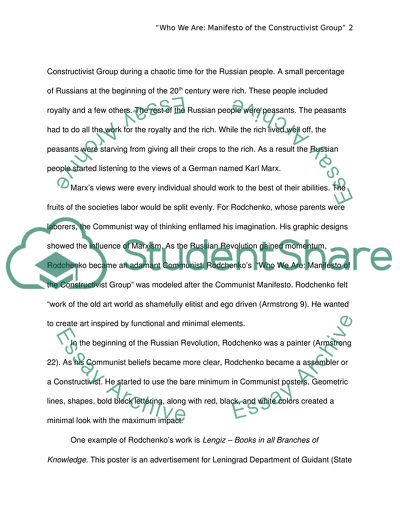Cite this document
(Graphic Design History Assignment Example | Topics and Well Written Essays - 1750 words, n.d.)
Graphic Design History Assignment Example | Topics and Well Written Essays - 1750 words. Retrieved from https://studentshare.org/visual-arts-film-studies/1751846-analysis-of-graphic-design-history
Graphic Design History Assignment Example | Topics and Well Written Essays - 1750 words. Retrieved from https://studentshare.org/visual-arts-film-studies/1751846-analysis-of-graphic-design-history
(Graphic Design History Assignment Example | Topics and Well Written Essays - 1750 Words)
Graphic Design History Assignment Example | Topics and Well Written Essays - 1750 Words. https://studentshare.org/visual-arts-film-studies/1751846-analysis-of-graphic-design-history.
Graphic Design History Assignment Example | Topics and Well Written Essays - 1750 Words. https://studentshare.org/visual-arts-film-studies/1751846-analysis-of-graphic-design-history.
“Graphic Design History Assignment Example | Topics and Well Written Essays - 1750 Words”, n.d. https://studentshare.org/visual-arts-film-studies/1751846-analysis-of-graphic-design-history.


